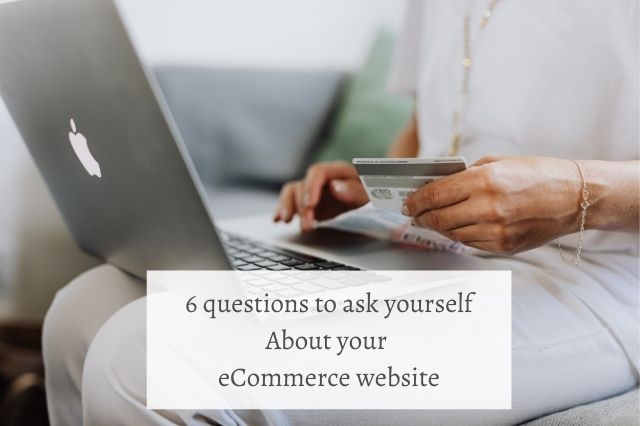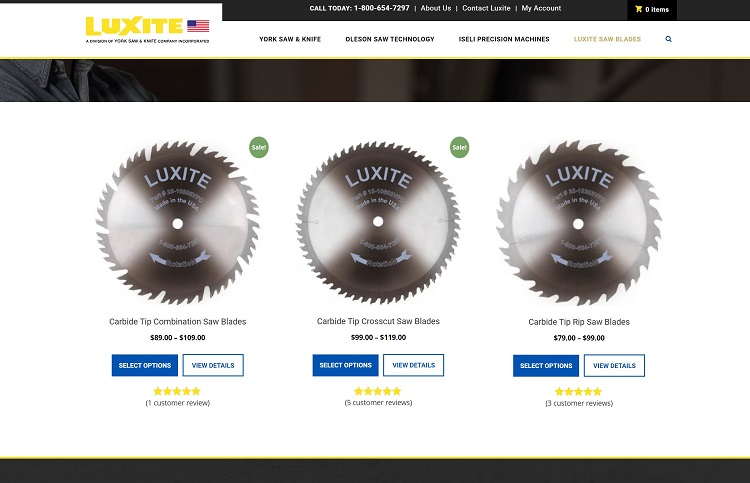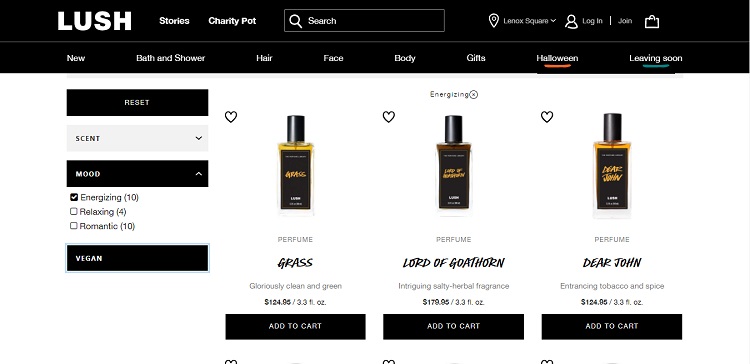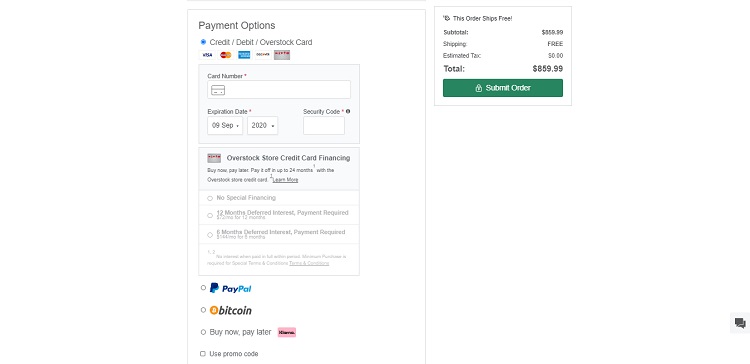6 questions to ask yourself About your eCommerce website

The quality of your eCommerce site has a huge impact on sales and brand loyalty. A site that doesn’t work well or doesn’t meet customer needs can cause your audience to look to the competition. On the other hand, a well-designed site that really anticipates what your customers want may easily convince them to keep coming back for your products or services. So in this post, I will share 6 questions to ask yourself About your eCommerce website.
These six questions are essential when it comes to eCommerce design, but many site owners never ask them. Thinking about these questions can help you build the best possible eCommerce site for your business.
So without wasting more time lets start the questions to ask yourself About your eCommerce website
1. Does Your Site Design and Platform Provide Room for Growth?
Will you be able to update and maintain your website on your own, if you plan to contract out the design work?
Downtime and major site redesigns are expensive and often avoidable. Your eCommerce site and platform are both long-term investments — ideally, you’ll be using them well into the future. From the very beginning, you want to think about how you’ll adapt the site as your business grows — as you receive more customers, ship more items, and add additional products to your catalog.
Both the site technology and design need to anticipate how your business will grow. If you build the site in-house or maintain a relationship with your design team, this will be significantly easier — but it’s definitely not impossible if you contract out the work.
It’s a good idea to communicate how the site may need to change as your business grows throughout the design process. This will help you ensure that your site is built to handle the future of your business.
2. Are You Highlighting Product Options?
It’s common for businesses to sell products with some slight variations. For some markets, customers assume particular options will be available — like multiple sizes for clothes.
For other businesses, however, you may need to quickly communicate that multiple variations of the same product are available.

See this example from York Saw & Knife Company in Pennsylvania. Each blade listed has a 10-inch and 12-inch variation. By grouping these products together and allowing customers to pick their size at checkout — rather than breaking each individual size into its own product listing — this helps streamline the product search and overall buying process.
The design decision is a subtle one, but it can have a big impact on customer experience, which is key to success for eCommerce businesses. For customers browsing the site, this change may spare some of the frustration of finding a product that’s the right kind but the wrong size.
3. What Product Categories Should You Have?
Categories are almost always necessary for an easy-to-navigate eCommerce site. Breaking down products by type or use helps customers find what they’re looking for.
Your choice of categories can have a significant impact on how enjoyable it is to browse your site catalog. Beyond common functional categories that describe what a product does, many eCommerce brands are also using thematic or seasonal categories, which group products by shared characteristics or seasonal relevance.

For example, see this page from Lush, the skincare and cosmetics company. The perfumes, in addition to having more fact-based categories like the scent and vegan ingredients, also have three thematic categories — energizing, relaxing, and romantic. These categories help customers quickly sift through large numbers of products based on the mood or vibe that they want from a product.
This kind of organization can be especially helpful if you have large amounts of products whose value is subjective. With these products, it may be hard to make a decision over the internet based on specs or ingredients alone.
The site’s header also highlights some seasonal product categories — like Halloween-themed items and sales that are ending soon. If you offer sales regularly or seasonal products, this kind of organization can also be extremely helpful for customers.
4. How Do You Recommend Products?
Most big-name businesses put a lot of resources towards building better recommendation engines. You don’t need a huge tech investment to make good recommendations, but you should think about how you recommend products and make recommendations that are valuable and relevant to customers. The more accurate a product suggestion is, the more likely your customer will be to convert. They may also feel like you’re paying attention to what they want and need.

This product page, from Cutter and Buck, an upscale sportswear vendor, provides a good example of how many eCommerce businesses are handling recommendations. Their site is simply using data on which products customers tend to view together and analyzing that information to generate suggestions.
You don’t have to use this specific approach to recommend products, but it’s common and popular for a reason. Offering some kind of recommendation is a good idea too, even if you don’t want to use this approach.
5. What Payment Forms Do You Accept?
There is a huge variety of payment options that customers now have access to — from credit cards, PayPal, and Stripe to cryptocurrencies like Bitcoin and Ethereum.
Supporting all of these payment options, however, takes a good bit of work. Sometimes it may cost you extra in processing fees and tech. When designing your site, you need to ask which payments you’ll accept and how you’ll communicate the availability of these options.

For an example of a retailer that offers a wide range of payment options, see the checkout process from Overstock. The company offers three main payment options — credit card, PayPal, and Bitcoin. It also offers a special Overstock card, which customers can quickly use to finance a purchase during checkout.
Your checkout options will need to be based on what your customers use. Some basic options are almost always offered — like cards and PayPal — but you may want to consider alternative payment options like cryptocurrencies if there is significant demand.
6. How Are You Reporting Fulfillment to Customers?
Any shipment goes through a huge number of steps before it gets to a customer. It needs to be picked, processed, dropped off, and then shuffled between package centers. Quite often, the package passes between multiple handlers during transit.
Typically, when you buy something online, you receive a few different emails — an invoice, a shipping notice, and sometimes an update or two on the package after that. These emails provide extremely valuable information to customers, like a copy of the receipt, a tracking number, the shipping service used, and the estimated delivery date.
Not every eCommerce business handles this process the same, however. When designing or revamping your site, it’s important to review your fulfillment reporting process and look for potential oversights. Strong reporting fulfillment processes will also help your team keep on top of orders, ensuring that packages are shipped as quickly as possible.
So these are the 6 questions you should ask yourself About your eCommerce website. but wait here is a bonus tip for you.
Essential Questions for Any Ecommerce Site
With these questions, you can build an eCommerce website that is functional and easy to use. Many eCommerce site owners overlook these points. That means if you’re able to tackle them, you may be able to secure a valuable competitive advantage.
Follow our best e-commerce blog to know more about the latest e-commerce trends and updates.

